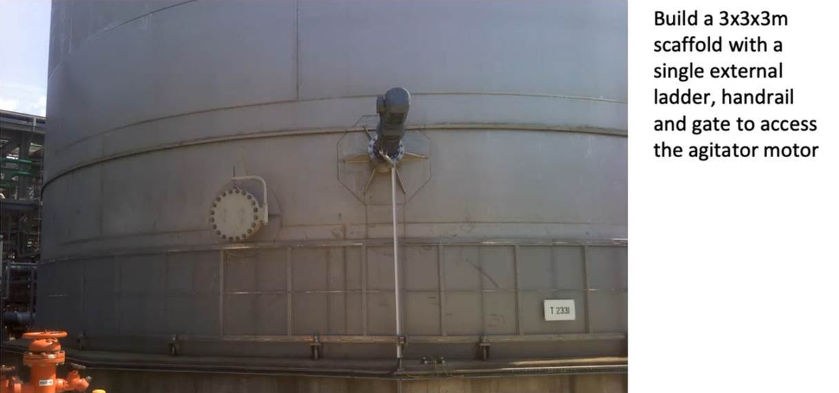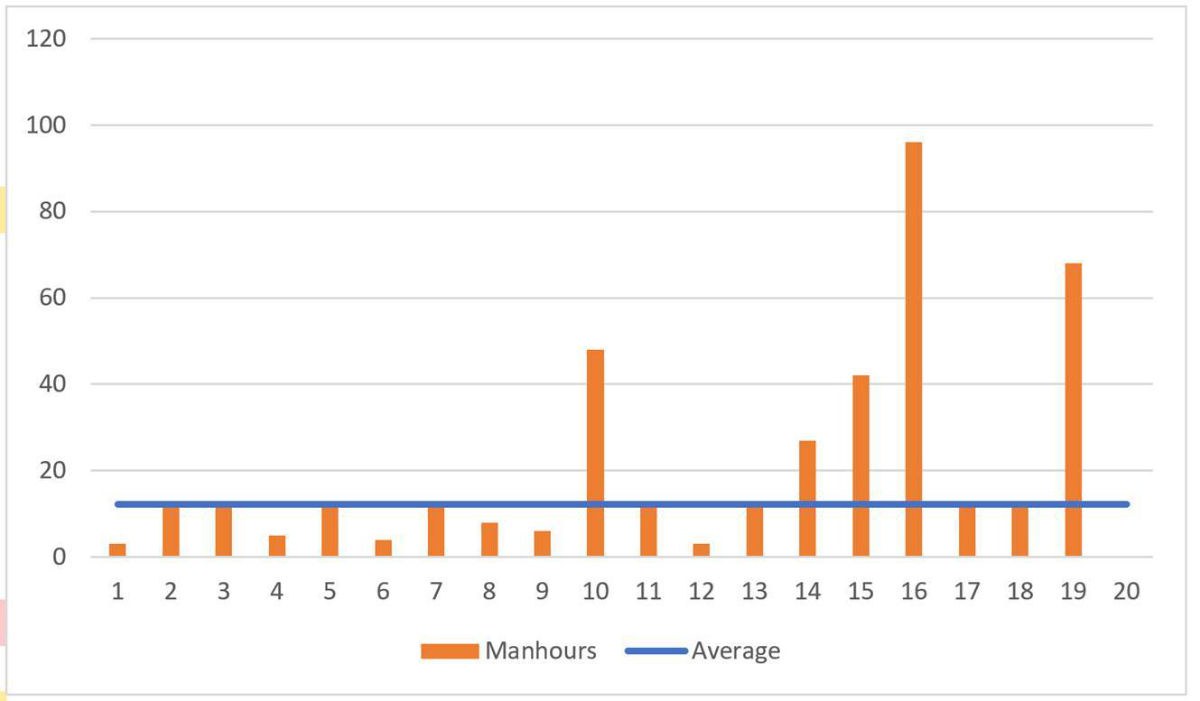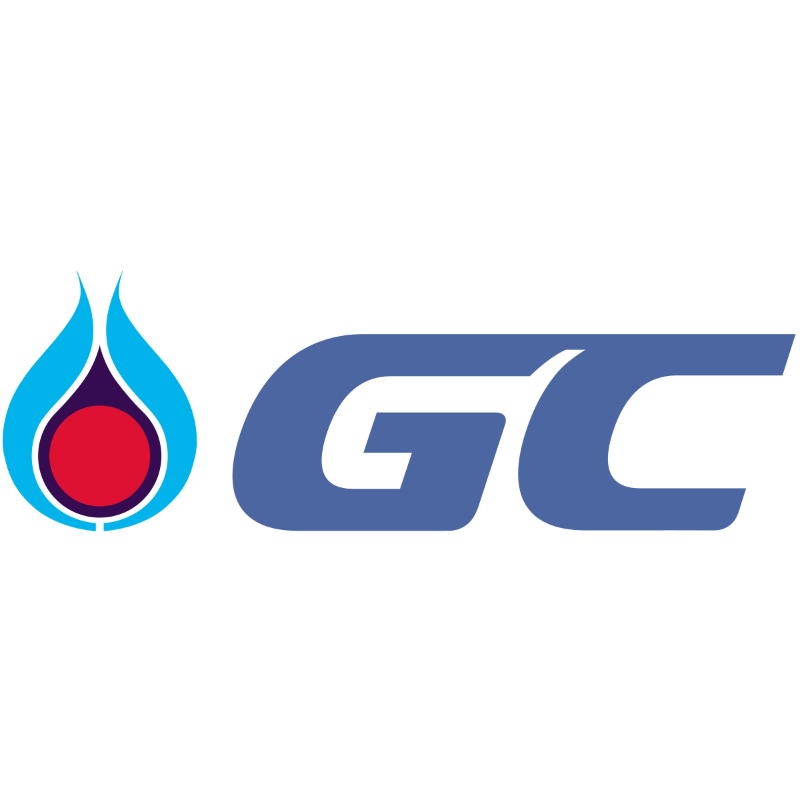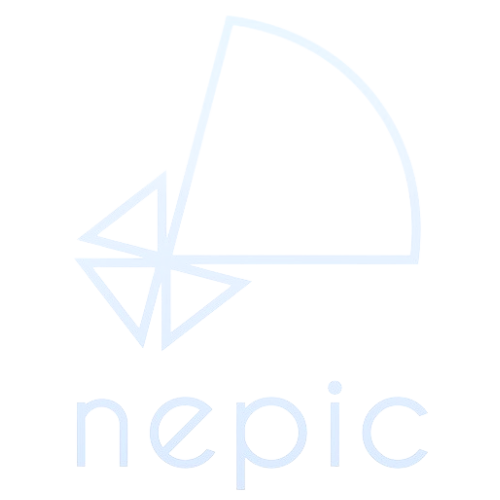
Estimating the time, duration and cost of the work order activity’s is something maintenance planners need to do every day.
The challenge is getting this right, and the cost of getting it wrong can be extremely high. At IAMTech we produce software called iPlan that allows standardization for consistent estimation and provide training courses to ensure that our customers gain maximum benefit.
In one of these courses, we took a customer’s entire Turnaround community through the Bronze, Silver and Gold stages of our iPlan graduation program.
The 19 trainees were sitting their Silver Tier, in our 3 Tier Turnaround software Graduation program, with each trainee being planners or Turnaround managers, each with decades of experience.
On day 2 of the course we were looking at why norms bring benefit.
We asked a couple of questions in the breakout rooms using a scientific method, replicating an experiment conducted by Nobel Peace Prize winning social scientist, Daniel Kahneman. The group was split into two teams, and each asked each a baseline question.
Group 1 was asked: Was Gandhi older or younger than 35 when he died? Please guess his age. Group two were asked: Was Gandhi older or younger than 114 when he died? Please guess his age.
- Group 1 guessed on average 50 years.
- Group 2 guessed on average 81 years.
The actual answer is 78.
What is truly astonishing is the vast difference in the estimated age between the two teams. In fact, looking at the graph, there is not even an overlap in individual guesses, and nearly 30 years between the mean average guesses.
We asked the teams why they thought there was such a discrepancy. They correctly answered that it was due to the two different anchor questions – was Gandhi older or younger than 35 OR 114 when he died?
Seeing the results, participants concluded that they had gravitated towards the number in the baseline question.
The trainer explained that our brains are actually very lazy and take shortcuts whenever possible. Instead of try to work out an answer, our brains will try to match up the information with another piece of information that we know.
This phenomenon is called Anchoring and is a cognitive bias where an individual relies too much on an initial piece of information offered (called the "anchor") to base future decisions and judgments on.
In this particular case, few of the attendees were likely to have much knowledge about Gandhi, so relied on the one piece of information they were given, the ages. This heavily anchored the guesstimate, and whilst the age of 114 was absurd, it did significantly skew the result.
This cognitive bias happens in Turnaround situations, where we are influenced by useful and perhaps not so useful information, even with the benefit of experience.
Next, the groups were asked to estimate creating and dismantling a simple scaffold structure with the following brief:

Again, the estimates ranged wildly, as seen in the graphs below.

The trainers concluded that we must be more data driven when it comes to our estimation. iPlan removes anchoring & triggering the brains lazy response – which in turn brings standardization and consistent estimation.
It does this by are storing historical estimates and the actual activity duration, even after project closure, which can be reviewed and used for new work orders. This saves planning effort and makes the whole process more efficient and cost effective.
Crucially, standard estimates can be saved as norms, meaning all staff can benefit from shared knowledge and practices.
The myriad of benefits includes accurate forecasting, ability to compare work orders, ability to compare STO’s, and the confidence to reuse historical work orders, which is how you can save planning effort.
Discover how iPlan can help you.




































